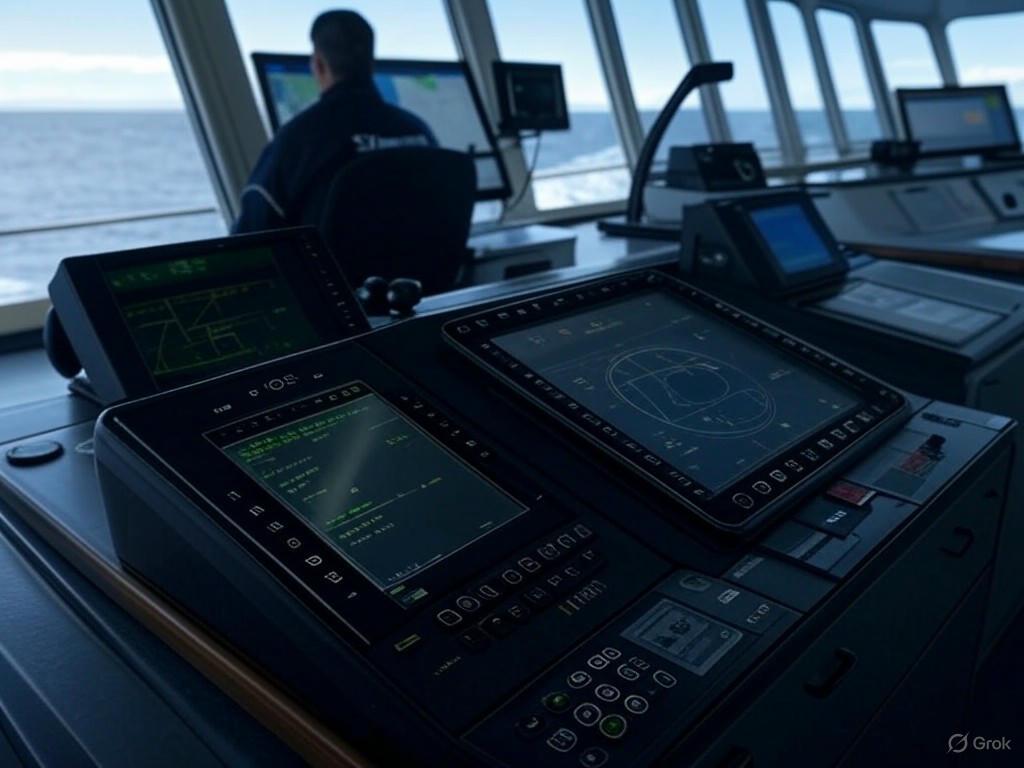In the world of maritime communication, L-band connectivity stands as a steadfast beacon. Despite the rise of Low Earth Orbit (LEO) satellite constellations and Geostationary Orbit (GEO) systems, L-band remains vital for maritime safety and navigation. Its robustness, reliability, and compliance with global safety regulations make it indispensable for mariners [1].
L-band operates on a frequency less affected by atmospheric conditions, such as rain fade, a critical feature for uninterrupted communication at sea. This characteristic is vital for the Global Maritime Distress and Safety System (GMDSS), which ensures that vessels can send distress alerts and communicate during emergencies. The L-band’s frequency range enables continuous coverage in remote oceanic regions, critical for navigation and safety purposes [1].
A key player, Inmarsat, leverages L-band through its FleetBroadband and Inmarsat-C terminal services to deliver reliable communication and safety services. With more than 180,000 active Inmarsat-C terminals worldwide, Inmarsat stands as a testament to L-band’s persistent relevance in maritime safety. These terminals comply with the International Convention for the Safety of Life at Sea (SOLAS), mandating that larger merchant and passenger vessels be equipped with multiple GMDSS terminals [1].
Many commercial maritime operations rely on L-band for basic communications due to its global coverage and smaller antenna size, which makes installation and maintenance on vessels easier. For vessels operating in temperate regions, L-band is often part of a hybrid system that includes GEO and LEO coverage, ensuring seamless communication as they transit multiple zone types [2].
New entrants in satellite communication like Iridium have also embraced L-band technology with services such as Iridium Certus. These L-band services cater to areas where other systems may not provide adequate coverage, including near the polar regions, where L-band’s penetration is unmatched [1].
Additionally, KVH Industries advances the maritime communication field by integrating cybersecurity features into their CommBox Edge Solutions, facilitating secure data transmission for fleets using L-band [2]. This integration protects maritime operations from cyber threats, making L-band not just a choice for its coverage but also for its secure infrastructure.
Orbit Communication Systems also exemplifies the ongoing innovation in L-band applications. Their recent contract with the Israeli Ministry of Defense to supply versatile satellite communication terminals highlights the broad acceptance of L-band in delivering high-speed, reliable, and uninterrupted communication necessary for mission-critical operations [3].
In the future, L-band will continue to play a vital role in maritime communication as part of a hybrid connectivity ecosystem. Even as LEO and GEO systems advance, L-band remains essential due to its regulatory compliance, atmospheric resilience, and ability to maintain robust coverage globally.
References:
1. Why L-Band Connectivity for Maritime is Here to Stay
2. KVH Launches CommBox Edge Secure Suite for Advanced Cybersecurity Threat Detection & Response
3. Orbit Wins Israeli Ministry of Defense Tender for $9.1M Satellite Communication Systems







